-
x
Descrizione
Bella specie con bulbi lisci che possono raggiungere la dimensione di 10 cm, opalescenti, di color verde-mela chiaro, ricoperthi da una sottili menbrane. Producono bulbilli utilizzabili per produrre nuove piante. Family: Liliaceae (The Lily family) Scientific name: Ornithogalum caudatum (Aiton) Maire Origin: South Africa. Altitude (min/max): 0/300 m Common English Names include: False Sea Onion, Pregnant Onion seeds Pregnant Onion, False Sea Onion German Onion Synonyms: Ornithogalum longibracteatum Jacq.
| |
| Description: Ornithogalum caudatum, or False Sea Onion, is a rather curious bulbous plant and looks very similar to an onion. It a classic cryptophyte (with bulb-like stem) that dies back during the dry period of the Mediterranean climate. Bulb: Large smooth, opalescent, pale apple-green, that sit on top of the medium and will reach up to 10 cm in diameter. When larger produce bulbils on their sides. Leaves: Strap-like, semi-succulent and can grow very long under ideal circumstances up to 40 (100)cm in length, The leaves droop. Flowers: Form a 70-90 cm flowering spike capped small, white fragrant flowers with green, central stripes. There may be as many as 50 to 100(-300) flowers per stalk. Blooming Time: Usually flower from May to August. | |
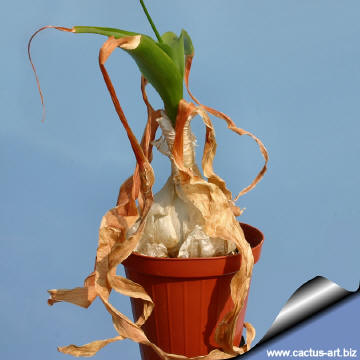 | 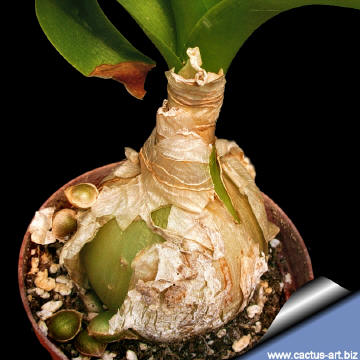 |
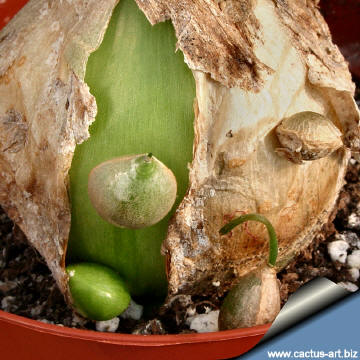 | 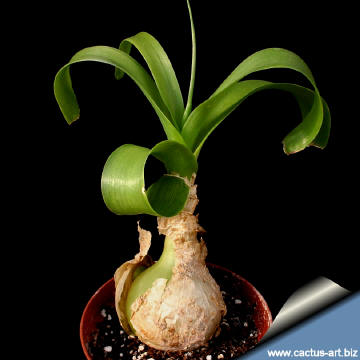 |
| Cultivation: It is an easy and adaptable plant to grow and it is well suited for containers growing happily in a pot for many years. It makes a good but odd houseplant or specimen. Prefers some direct sun but will scorch in hot, sunny, dry locations. In the greenhouse, use a suffice cactus soil with some peat (a soil that retains water yet drains well). The plants are allowed to dry slightly in-between waterings. If the plants are allowed to dry too much, they will go dormant. During the winter months, the plants are allowed to go dormant and are stored in the cold storage until spring. Temperature: Reportedly hardy down to -5°C. Ethnobotanical/Economic Uses: In its native habitat, crushed leaves are sometimes tied over cuts and bruises and said to have healing effects similar to aloe vera. Also used as cooked syrup with rock candy against colds. | |

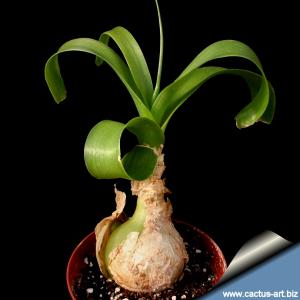
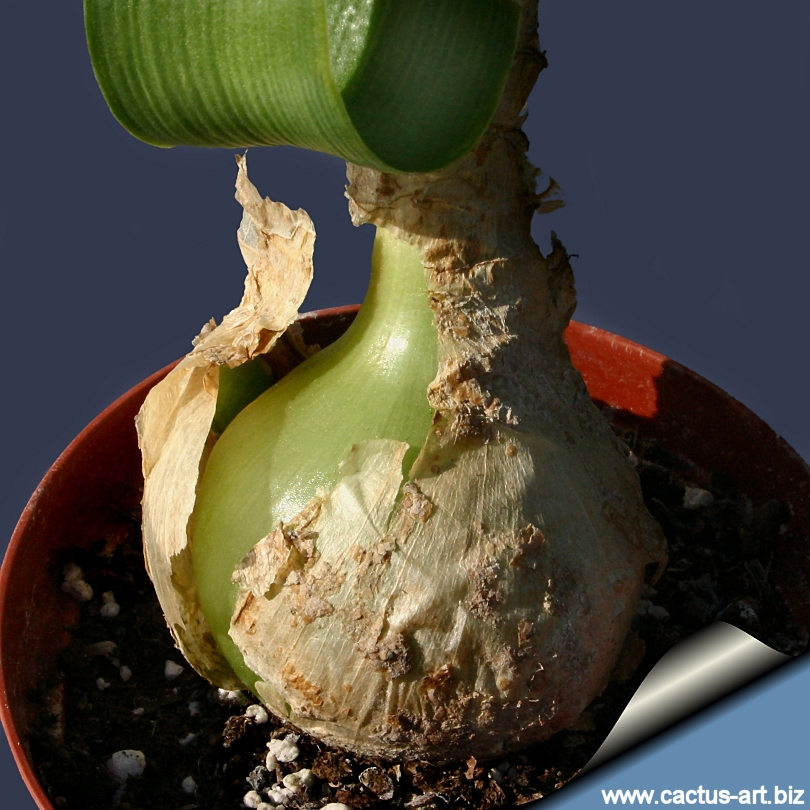 Ornithogalum caudatum, False Sea Onionis
Ornithogalum caudatum, False Sea Onionis